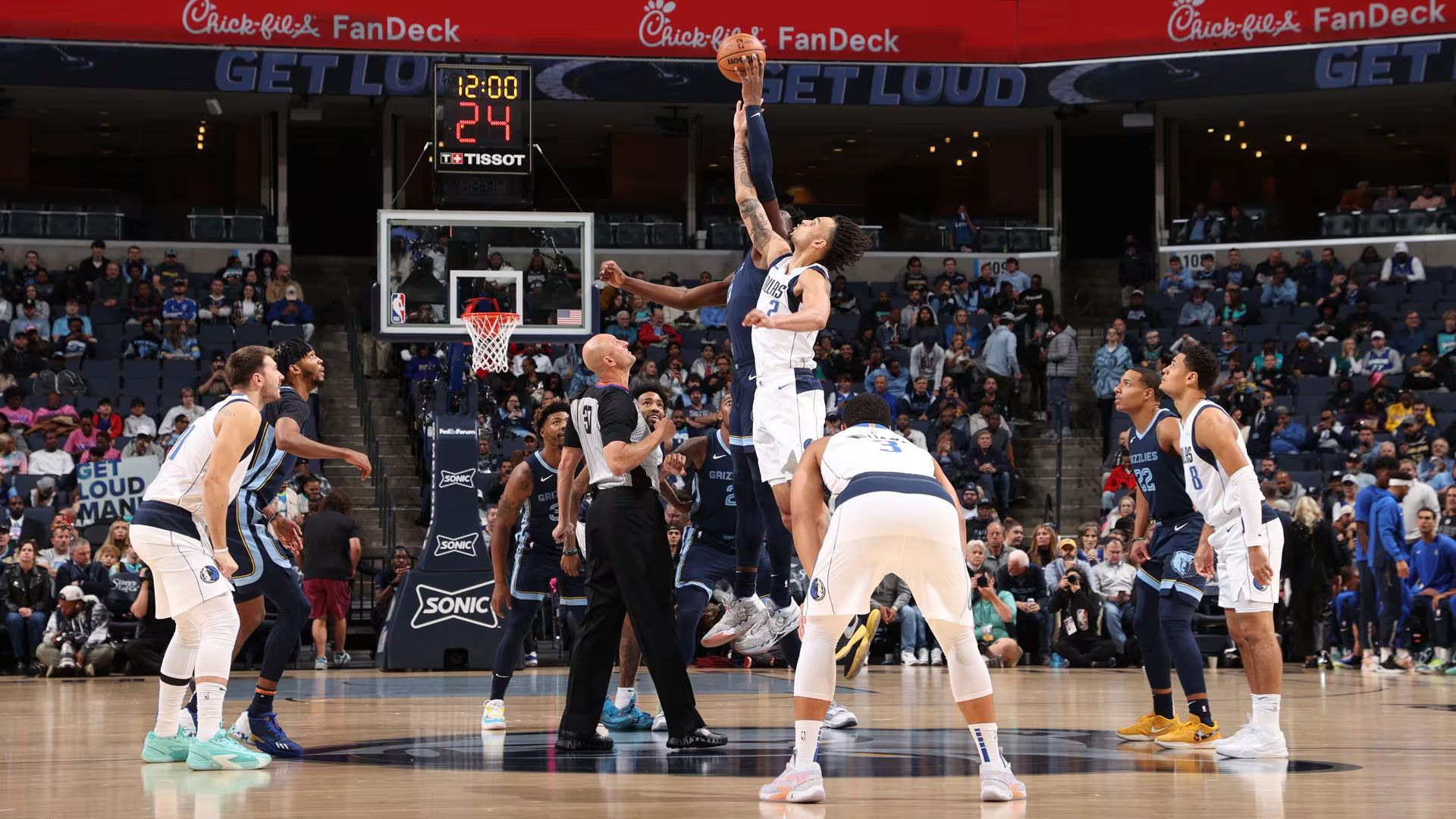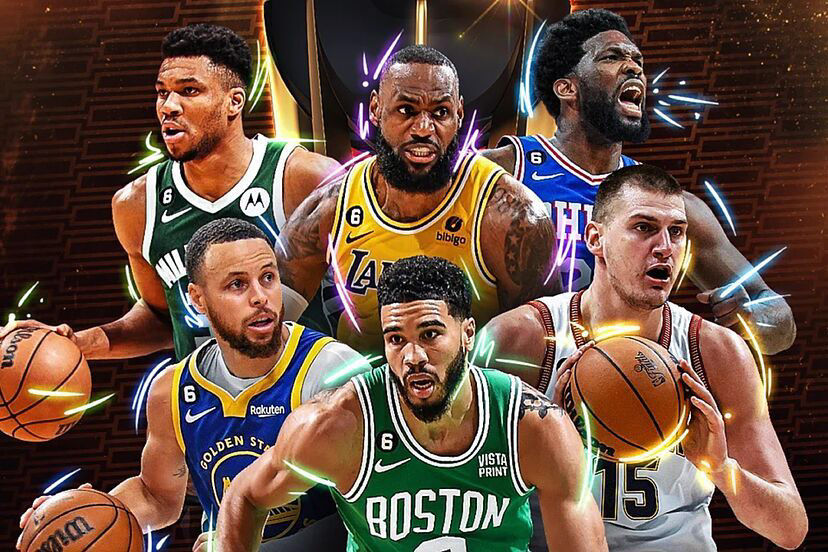By Nick Chabot
The National Basketball Association is one of the United States largest markets for revenue. It is the top basketball league in the world, where the most talented basketball players in the world compete for a chance to win the NBA Finals. In cities where NBA teams play, the revenue generated from their games, through ticket sales, merchandise sales, and food sales, is one of the center stones for a city, but further, the nation’s economy.
In recent years, however, many of the biggest stars in the NBA have been sitting out of games where they are not injured or sick, in order to avoid injury so they can compete once the playoffs begin. This has been referred to as load management, meaning that players and teams are managing their stars work load, in order to guarantee their participation in the playoffs. Because of this, fans of NBA teams would not know if their favorite player is playing beforehand, often finding out minutes or hours before the game. This led to a decrease in ticket sales, as people had less incentive to attend games if their team’s best player was sitting out without being injured.




Prior to the beginning of the 2023-2024 season, the NBA enacted a “Player Participation Policy”, which prevents teams from resting more than one “star” player on any given night. This policy defined a star player as someone who had made an all-NBA or all-star team within the last three seasons. NBA Commissioner Adam Silver stated, “This is ultimately about the fans” and further added, “...there’s a statement of a principle in this league that, if you’re a healthy player, you’re going to play.”
With this new policy, the NBA is expecting to see more ticket sales than they have seen in several years, as well as more people tuning in to their TVs to watch their favorite team’s games. As players play more regular season games, more fans will watch on a day-to-day basis, and NBA franchises, as well as the NBA itself, will gain more money and therefore have more positions to hire arena workers, which could create job opportunities for many people. They are not expecting to see these players playing through serious, or even slight injuries suffered, but they want to prevent stars from sitting out a large portion of the season’s games.
There are undoubtedly some negatives to this policy, however. It greatly increases the risk of serious injuries for stars, as they are suiting up to play more often and therefore, wearing down their bodies as the season goes on. This could also harm many regional sports streaming networks, as many are approaching bankruptcy, due to the NBA seeking an even larger television deal, with the incentive that their stars will be playing and large services will generate more revenue. As their contract with ESPN will expire after the 2024-2025 season, the NBA is forced to seek an even higher caliber contract with a TV service, and will likely ditch many regional networks, leading to a job loss for thousands working in those companies.
The American economy, specifically the economy of sports and the NBA itself, is going to have a tradeoff with the presentation of these positives and negatives, needing one to have the other, however many executives believe that the positives of this new policy outweigh the negatives, and it will benefit revenue and consumers, who will be excited to watch their favorite players play more often.

